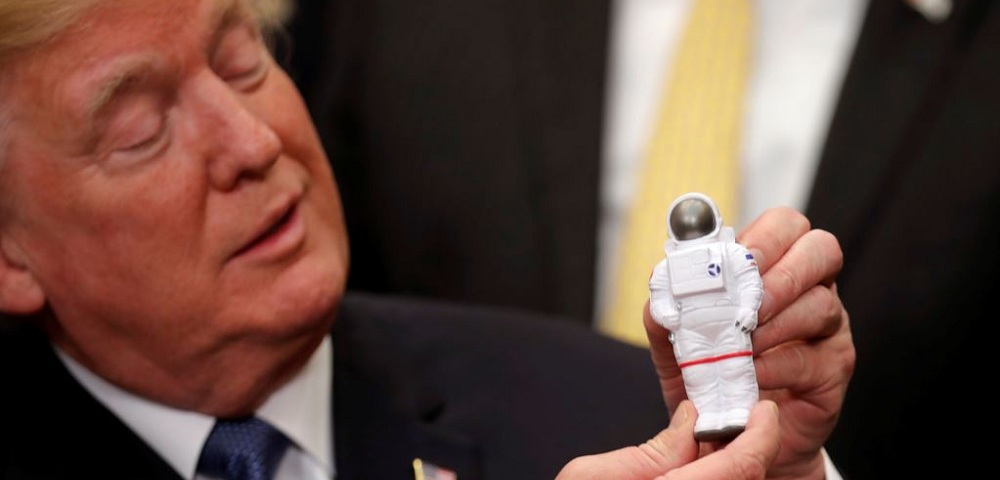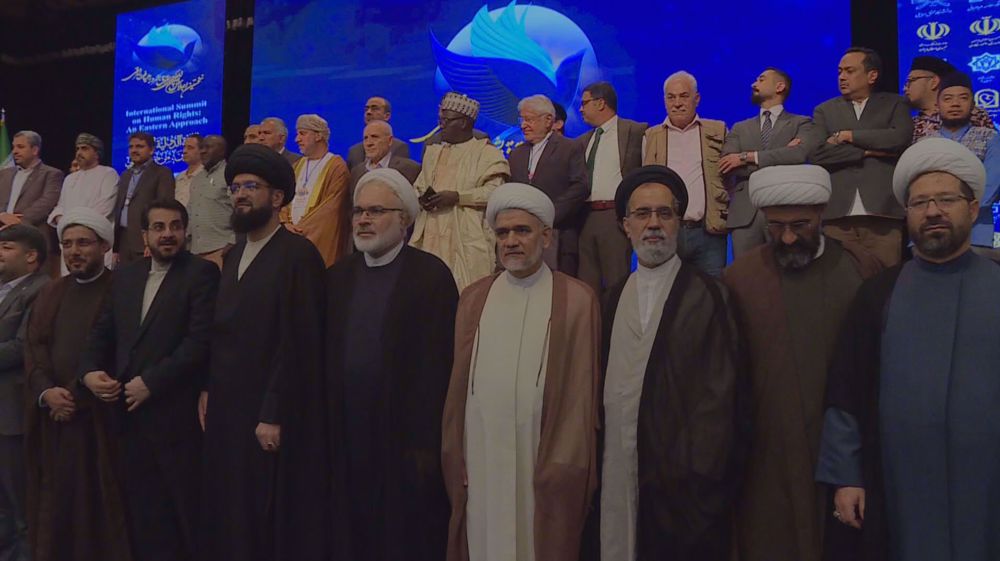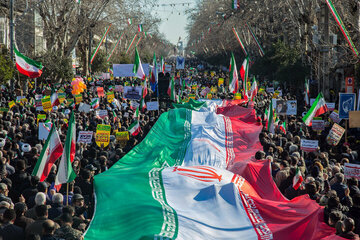Alwaght- The Trump administration in late October 2018 said it considered pulling out of the Intermediate-Range Nuclear Forces (INF), giving Russia 60 days to accept its demands to stay in the accord. Washington and Moscow talked on January 18 in an effort to maintain the treaty but the negotiations ended without any agreement. The Russian Foreign Minister Sergey Lavrov rejected the White House claims that Russia kept violating the INF and called for the Americans to return to the negotiating table. The Russian foreign ministry also in a statement referred to the new US space missile defense strategy and warned Washington against weaponizing of the space and stirring a new massive arms race.
New missile defense strategy
On January 17, the US President Donald Trump unveiled his new missile strategy document at Pentagon. The new missile defense document, focusing on the missile capabilities of Russia, China, North Korea, and Iran, claimed that these countries’ programs were posing threat to the US security. The document contains a set of proposals to protect the US and ways to expand the space defense technologies. The document insists on producing defense systems with high detection and interception speeds. The main duty of such systems, the document insists, is to face the hypersonic missiles of Russia and China. Pentagon put an emphasis on integration of satellite technologies into the space missile defense systems. Laser technology-equipped drones are also expected to contribute to the project. Such drones will be deployed to the orbit to watch and destroy the hypersonic missiles upon their firing.
“Our goal is simple: to ensure that we can detect and destroy any missile launched against the United States — anywhere, anytime, anyplace. “In a time of rapidly evolving threats, we must be certain that our defensive capabilities are unrivaled and unmatched anywhere in the world,” Trump said about the objective of the new strategy.
US multi-objective shift
The US cited Russia’s development of 9M729 missile system as the drive for it to quit the INF treaty. The missile system’s production process and technical details remain shrouded in mystery and so far the US could not get and publish evidence that Moscow tested such a system. On the opposite side, Russia argues that by deploying its air defense shield to Romania and Poland the US has breached the accord. Despite the exchange of arguments and accusations, the main issue does not appear to be the violation of the treaty.
The strategic nuclear weapons have created deterrence but production of unconventional weapons only impose heavy costs without doing much for the deterrence power of their owners. So, investment on the intermediate-range missiles, both nuclear-capable and employable in the conventional non-nuclear wars, can change the balance of power. On the other hand, the INF did not cover the submarine-launched missiles and that could be detrimental to Russia because the US marine structures are more efficient for use of submarine-launched missiles than Russia’s. As a result, Moscow tried to offset this imbalance through its capabilities in other areas.
The US aim to scrap the treaty was not only Russia. Washington wanted to bring China to a possible future deal. Having in mind that the US has sea superiority, in any new treaty both China and Russia will be contained.
Yet, the US has another goal behind its recent pullout: putting Europe face to face with Russia. The German Foreign Minister Heiko Maas during a visit to Russia urged Moscow to save the key agreement by destroying its 9M729 missies.
New arms race
Sergei Ryabkov, Russia’s deputy foreign minister, said that the US vague demands were the key reason the recent talks failed. He added that Americans do not give a clear picture of their approach. Many of the US military infrastructure date back to the Cold War era and Trump seeks to modernize them. The evidence shows that the US is assessing the Russian capabilities to set up a new balance of conventional weapons.
President Vladimir Putin of Russia argued that even if the US pulls out, Russia remains superior. On October 25, he said that if the US at the end of the road withdraws from the INF, the important question was that what it could do to the new missiles that will emerge. Russia has tremendous capabilities both in air defense systems thanks to its S-400 and the upcoming S-500 air defenses and also in the hypersonic missiles.
While the hypersonic missiles tests were failing in some countries including the US, Russian tests were successful. The old generation of Russian hypersonic missiles is four times faster than the sound speed which is 343 m/s. The old generation goes 5,000 kilometers within an hour. But the new generation is 20 times faster, which means it goes the 5,000 kilometers within only 20 minutes. This type of missiles goes into space and the separated warhead returns to the Earth for the target strike. There is very small time to intercept these missiles. That is why Washington seeks to establish space defense structures. The latest hypersonic missile test was carried out on December 26 in the middle of the 60-day deadline set by the US, signaling Russians are mightily joining the arms race. The second US concern is China that has so far tested a considerable number of such missiles.
Trump’s tension-making policy is the trigger of the arms race and worsening global security. Arms Control Association in its report said that the new space defense strategy will further destabilize the world and called on the US to focus on strategic stability in talks with Russia and China. Raising the new space strategy echoes President Ronald Reagan’s Star Wars strategy while the Cold War was at its summit. Although Reagan’s strategy looked quite unrealistic and expensive, some US politicians believed the Star Wars caused the Soviet slowdown of military racing because the Soviets could not afford the economic and military costs of the rivalry. Now Trump appears to raise the space missile defense strategy to beat Russia and China in the new arms race.



























